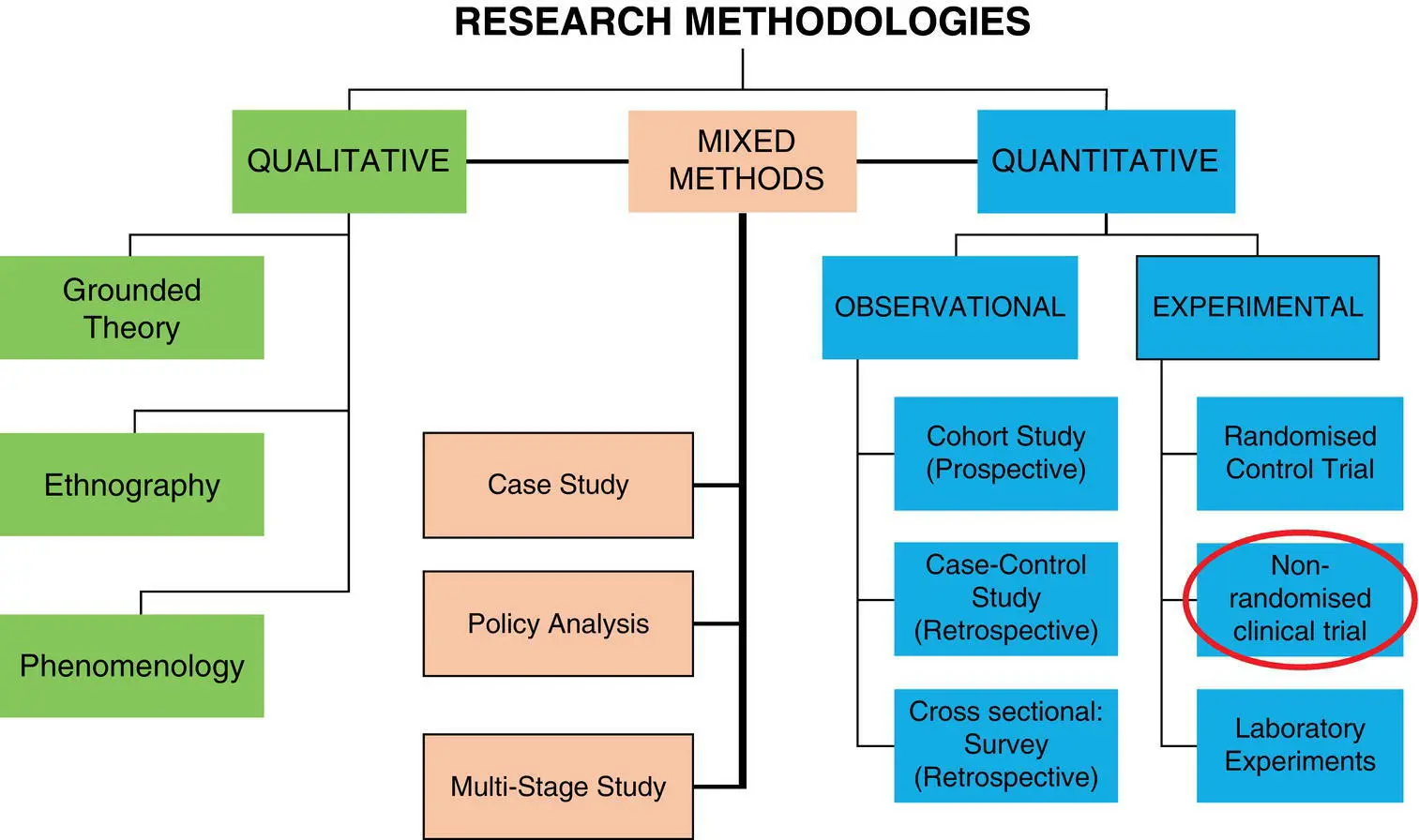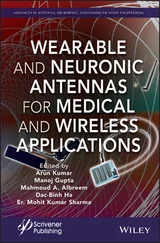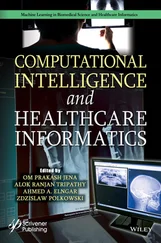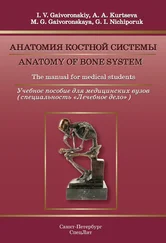Let me tell you something about this study and its findings. I have taught about it since 1974. I have lectured about it to medical and nursing students, to psychology students, to sociology students, to healthcare administrators, undergraduates and postgraduates, and to members of the public. All but one of these groups either said something like, ‘Oh, that's interesting’. (yawn), or ‘We already know that’ (not!). The one group who sat up and started taking notes were … Guess who? …Yes – the healthcare administrators! I could almost see them doing the calculations, Half our analgesics budget, that's about £xxx,000! And 2.7 hospital bed days in a surgical ward – that about £5000–6000 per patient! Meanwhile, those who should have been thinking, ‘How can I use this study to improve my patients' care?’ (medical and nursing students) were yawning or dismissing it! Sometimes, it's a hard job being a teacher!
This study could be called an RCT. But the researchers described it as an experiment.So, I have included it in this chapter as a fine example of what can be achieved when experimental design is applied in a real‐life situation. In the next chapter I shall discuss RCTs.
You can see clearly that these real‐life experiments we have looked at above are quantitative– they all use numerical data! They are clearly hypothetico‐deductive– they had a clear purpose and set of expectations in mind before they began. They are in the interventionaldomain – they introduced an experimental variable which was not there at the start; from Snow removing the handle of the water pump to Egbert et al. providing additional information to surgical patients. They are prospective– they all had a start point where they made their initial measurements, they had their interventions, and they had an end point when they made their final measurements. And they were all conducted outside of the lab!
You can see that Snow’s ‘experiment’ was a single‐arm one – He believed that if he removed the pump handle, then people would not be able to drink contaminated water. He did it and the cases reduced.
The Paddington Station and the Brighton Tunnel experiments were good examples of testing behaviour in public places. Their ‘interventions’ – an actor in different roles in Paddington, and different music, in Brighton, evoked different behaviours which were filmed, noted, and measured.
Egbert used the everyday practice of preparing patients for operations as an opportunity to add an intervention – special briefing – and then to note and measure the impact of this in comparison with no special briefing.
McKinley, in Boston, used actors as the ‘interventions’ and by noting physician’s responses to different actors was able to determine how actors from different ethnic/racial backgrounds were treated in different ways.
Research is the art of the possible!
1 Chapelle F. (2005). Wellsprings. Rutgers University Press: New Brunswick. New Jersey, p. 82.
2 Easteal M, Bannister S, Francesco JK, et al. (2015). Urban sound planning in Brighton and Hove. Conference paper presented at Forum Acusticum, 7–12 September, Krakow.
3 Egbert LD, Battit GE, Welch CE, et al. (1964). Reduction of postoperative pain by encouragement and instruction of patients: a study of doctor‐patient rapport. New England Journal of Medicine 20(16): 825–827.
4 Janis IL. (1958). Psychological Stress: Psychoanalytic and Behavioural Studies of Surgical Patients. Wiley: New York.
5 John S. (1849). On the Mode of Communication of Cholera. John Churchill: London.
6 John BM, Lisa DM, and Rebecca JP. (2012). Do doctors contribute to the social patterning of disease? The case of race/ethnic disparities in diabetes mellitus. Medical Care Research 69(2): 176–193.
7 Reece RD and Siegal HA. (1991). Studying People: A Primer in the Ethics of Social Research. Mercer University Press: Georgia.
8 Sissons M. (1971). The psychology of social class in Money, Wealth and Class. Open University Press: Milton Keynes.
CHAPTER 4 Experimental Quantitative Approaches: Non‐randomised Clinical Trials
Introduction
Clinical trials of new forms of tests or treatment begin with Phase Itrials then Phase IITrials. ( Phase IIItrials or Randomised Control Trials(RCTs) are covered in the next chapter.)
These early trials to test new forms of assessing or treating patients are:
Still in the quantitative domain – we measure and quantify what we are observing.
They are usually hypothetico‐deductive – we test a hypothesis.
They are interventional – the new forms of testing or treating patients form our interventions.
And they are prospective – we recruit a group of participants, and we give them our new test or treatment and we measure the outcomes.
The difference between these and the experimental approaches we have discussed so far, is that these do not include a control group.
Before we test new medicines on people, we usually test them in the laboratory first. The ABPI Handbook states this:
… before an IMP can be given to humans, sponsors must first test it thoroughly in animals. The main aims of these pre‐clinical studies are:
to find out the effects of the IMP on body systems (pharmacodynamics)
to study the blood levels of the IMP, and how it is absorbed, distributed, metabolised and eliminated after dosing (pharmacokinetics)
to find out if a range of doses of the IMP, up to many times higher than those intended for use in humans, are toxic to animals and if so, to identify the target organs and the margin of safety in terms of (a) the no‐observed‐adverse‐effect dose level ( NOAEL ) relative to body weight and (b) IMP exposure − the concentration of IMP in the bloodstream over 24 hours (toxicokinetics), and
to make a formulation of the IMP, such as a capsule or injection, suitable for early studies in humans.
After the pre‐clinical studies, there are four phases of trials in humans, which in practice often overlap. Phases 1 to 3 are done before a licence is granted and Phase 4 is done after authorisation to market the drug. The phases are different in terms of the number and types of subject studied, and the questions asked. The numbers in the table are indicative only and can vary.
(ABPI 2014)

These are sometimes the first tests of a new drug or treatment in humans. I say ‘sometimes’, because it is more often the case that we start with Phase 1 trials. Phase 0 trials usually involve very small numbers of subjects and involve giving them very low doses of the trial substance to make sure there are no harmful effects.
Phase I clinical trials are those studies where we are testing a diagnostic procedure or a treatment for the first time in humans . Previous studies will have been done on potential new medicines in laboratories on chemical, biological specimens, and animals. Now it is time to try these out in ‘real life’ on human subjects. And the first issue to be addresses is: ‘How safe are they?’ The second issue relates to ‘How much can we safely give?’ So Phase I clinical trials used to be designed to test:
Читать дальше













